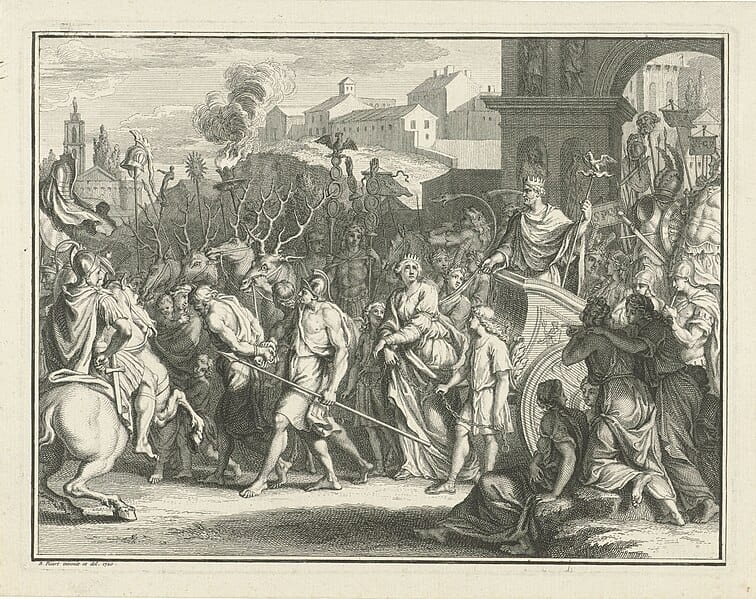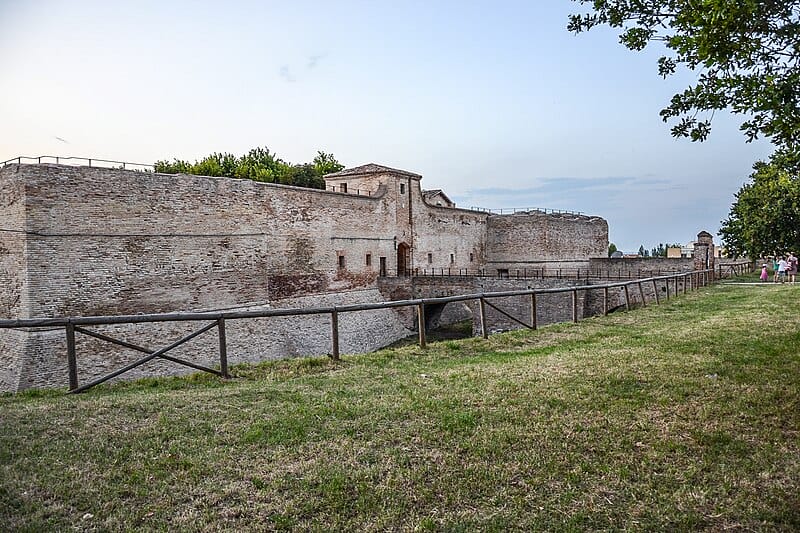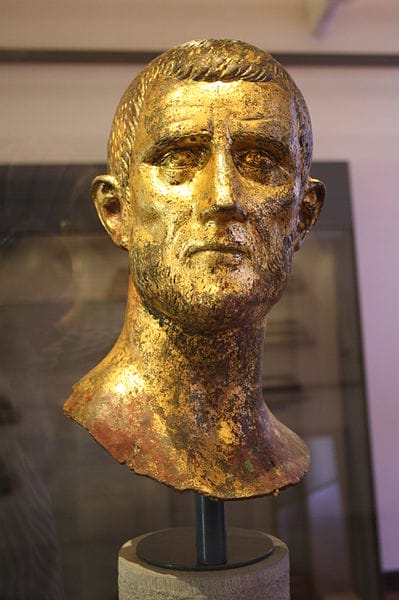In the rich Roman history, the Battle of Fano holds a special place due to its impact on the local and regional dynamics of power. Fano, an ancient town that has witnessed the passage of various civilizations, became the stage for a significant military engagement. This fight not only affected the immediate area but also had broader implications for the political landscape of Italy.
The conflict involved key figures and played a critical role in the political restructuring of regional alliances and dominance. It serves as a milestone in the understanding of military tactics and strategies utilized during the period. The aftermath of the battle led to changes that would echo through the following generations, influencing how historical events were commemorated and how such legacies have shaped modern perceptions of historical conflicts.

Key Takeaways
- The Battle of Fano was a pivotal event that influenced the regional power structure in Italy.
- It acted as a catalyst for political and military developments during that era.
- The battle’s legacy continues to impact historical interpretations and local commemorations.
Historical Background
The Roman Empire and its Challenges
The Roman Empire during the third century faced relentless incursions by barbarian tribes. One significant group, the Juthungi, emerged as a formidable adversary. They trespassed across Roman borders, seeking to exploit the Empire’s perceived weaknesses during a time of political instability and military challenges. This era, often referred to as part of the Roman-Germanic Wars, was marked by frequent skirmishes and large-scale battles that tested the limits of Roman military strategy and infrastructure.

Source: Ulrichulrich, CC BY 3.0 https://creativecommons.org/licenses/by/3.0, via Wikimedia Commons
Rise of Emperor Aurelian
Emperor Aurelian, taking the reins of an embattled Rome in 270 AD, was determined to restore the Empire’s former glory. He embarked on various military campaigns to fortify Roman borders and repel invaders. Under his leadership, the defense of Fanum Fortunae in 271 AD, modern-day Fano, against the Juthungi became a decisive victory that bolstered his status and laid down a marker in the History of Rome. Aurelian’s triumphs were instrumental in consolidating the Empire during a period fraught with peril, cementing his legacy as a restorer of the world, “Restitutor Orbis.”
The Battle
The Battle of Fano marked a decisive confrontation where the Roman Army successfully repelled the Alamanni incursion, solidifying its military prowess and tactical superiority in the face of formidable Germanic forces.
Initial Conflict and the Germanic Line
The Alamanni, a coalition of Germanic tribes, advanced with a formidable line of warriors, intent on breaching Roman defenses and asserting their strength in the region. They initiated the conflict with a frontal assault, relying on the sheer force of their numbers and the ferocity for which Germanic warriors were known.
Roman Strategy and Victory
The Roman Army, under skilled leadership, employed a sophisticated strategy that turned the tide of the battle in their favor. Utilizing a combination of well-trained legions and auxiliary forces, they outmaneuvered the Alamanni, disrupting the Germanic line through calculated flanking maneuvers. This disruption allowed the Romans to achieve an important victory, reinforcing the notion that tactical acumen could decisively triumph over raw power in warfare and numbers.
Aftermath and Impact
The immediate aftermath of the Battle of Fano signified a turning point in the defence of Rome and underscored Emperor Aurelian’s military prowess. The victory laid the groundwork for Rome’s revitalization of its frontiers and Aurelian’s ensuing campaigns, serving as a catalyst for significant change.

Source: Giovanni Dall’Orto., Attribution, via Wikimedia Commons
Repercussions on the Roman Frontiers
Following the Battle of Fano, the Roman frontiers faced dramatic shifts. Aurelian took decisive actions to rehabilitate Rome’s defensive lines, particularly along the Danube. With Rome previously left defenseless, his victory showed the importance of maintaining robust borders. These actions helped to stabilize a frontier that had been weakened by constant barbarian incursions, ultimately contributing to the security of the empire.
Aurelian’s Subsequent Campaigns
Aurelian emerged from the Battle of Fano with greater authority, embarking on further campaigns to reunify the Roman Empire. He moved with his legions to restore control over the provinces, including the troubled regions of Raetia. According to historians like Michael Grant, author of “Aurelian and the Third Century,” Aurelian’s military success was instrumental in his efforts to consolidate the Roman Empire during a time of great turmoil and fragmentation. His campaigns following Fano were marked by swift and decisive victories, reinforcing his reputation as a competent and vigorous leader.
People Also Ask:
What was the historical significance of the Battle of Fano?
The Battle of Fano was a critical engagement that shaped the power dynamics within the region, influencing future territorial disputes and military strategies.
Which military leaders were involved in the Battle of Fano?
Renowned military leaders from the contending forces directed the battle, each employing their distinctive command style and strategic acumen.
What were the main tactics used during the Battle of Fano?
The battle featured a combination of tactics that included strategic positioning, feigned retreats, and the use of the local topography for defensive advantages.
How did the outcome of the Battle of Fano influence subsequent conflicts in the region?
The outcome set a precedent in military and political terms, dictating subsequent treaties and alliances that shaped the regional geopolitical landscape.
What were the political ramifications of the Battle of Fano for the involved parties?
The result of the battle had significant political consequences, altering the balance of power and leading to shifts in alliances and governance structures.
Are there any notable archaeological finds associated with the Battle of Fano?
The region has yielded archaeological discoveries that provide valuable insights into the military equipment and strategies used in the Battle of Fano.
Hello, my name is Vladimir, and I am a part of the Roman-empire writing team.
I am a historian, and history is an integral part of my life.
To be honest, while I was in school, I didn’t like history so how did I end up studying it? Well, for that, I have to thank history-based strategy PC games. Thank you so much, Europa Universalis IV, and thank you, Medieval Total War.
Since games made me fall in love with history, I completed bachelor studies at Filozofski Fakultet Niš, a part of the University of Niš. My bachelor’s thesis was about Julis Caesar. Soon, I completed my master’s studies at the same university.
For years now, I have been working as a teacher in a local elementary school, but my passion for writing isn’t fulfilled, so I decided to pursue that ambition online. There were a few gigs, but most of them were not history-related.
Then I stumbled upon roman-empire.com, and now I am a part of something bigger. No, I am not a part of the ancient Roman Empire but of a creative writing team where I have the freedom to write about whatever I want. Yes, even about Star Wars. Stay tuned for that.
Anyway, I am better at writing about Rome than writing about me. But if you would like to contact me for any reason, you can do it at contact@roman-empire.net. Except for negative reviews, of course. 😀
Kind regards,
Vladimir
